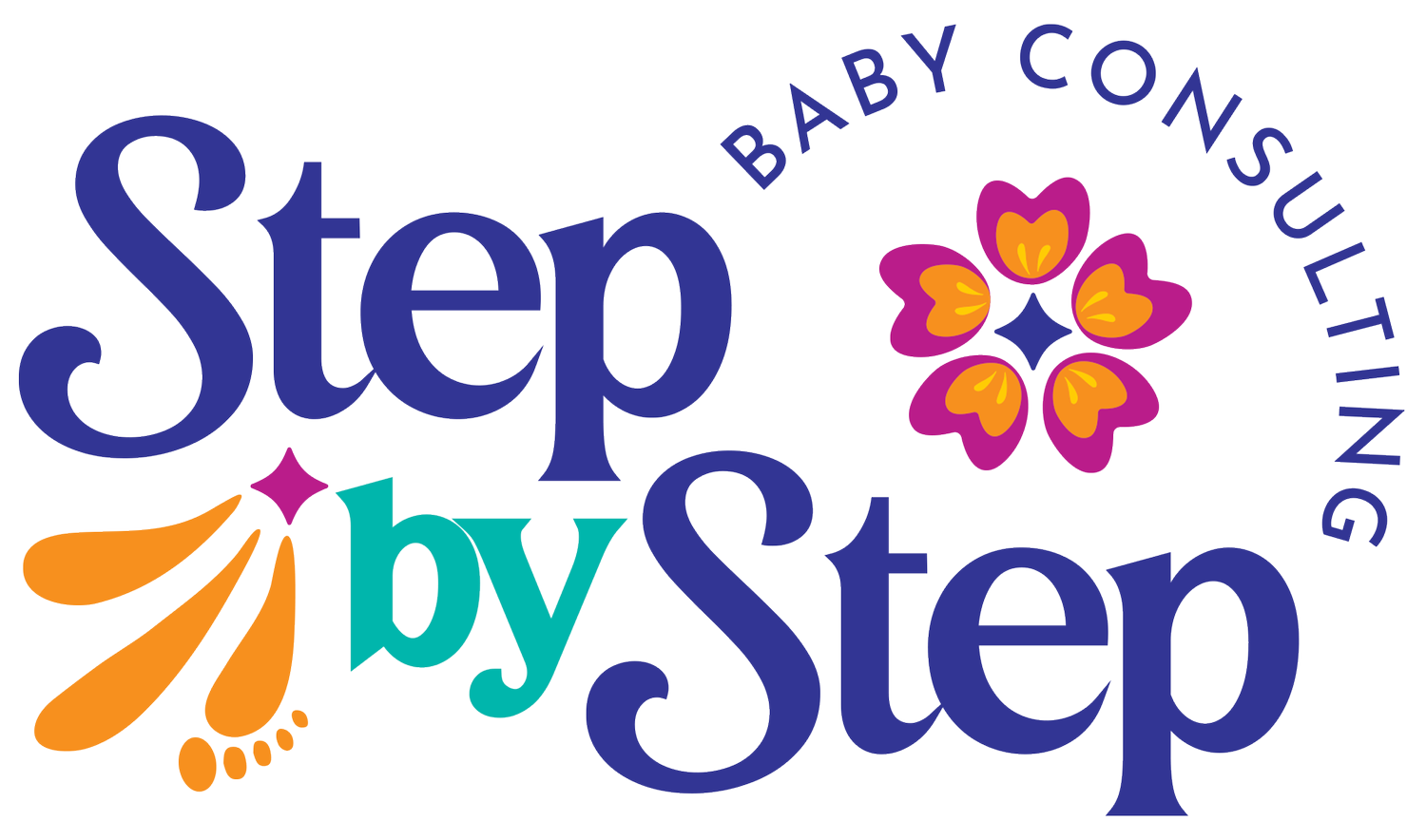8 Tips: For a Healthy Sleep Foundation From the Start
Before having my son, I read many books. Books on pregnancy, on labor and delivery, on nursing, on being a working parent, yet I didn’t read a book about SLEEP. In retrospect, I now see how much of a disservice this was for me and for my son. I didn’t know anything about baby sleep, let alone about newborn sleep, I didn’t know how much sleep deprivation would end up affecting my postpartum period and how much of my postpartum issues, would end up indirectly affecting my son. The truth is, there are a few things I wish I knew about establishing a healthy sleep foundation before I had my son, 8 things to be exact.
1. Safe Sleep
As simple this might be, I wish someone would have taken the time to explained to me:
What independent safe sleep looks like American Academy of Pediatrics Safe Sleep Guidelines and the importance behind them.
As well as what does safe bed-sharing look like La Leche League International Safe Sleep 7 and the reality that most parents do end up bed-sharing, at one point in their parenting journey.
This way I would be equipped with knowledge and would know how to keep my baby safe both when he slept independently and when he slept with me.
2. Consistent Sleep Space
The preferred place for a newborn to sleep, at night, is in their parents’ room. Yet many parents (including me) make the mistake of never thinking this through. Never deciding in what exactly their newborn will sleep in, a bassinet, pack n play, or crib? Not having a plan, led us to change my son’s overnight sleep space many times. First a bassinet, then a pack n play and lastly our bed. Which meant my son, did not have a consistent sleep space, was not able to make the connection between a space and sleep, and was not able to cue himself for sleep.
3. Conducive Sleep Environment
Once you have decided on a consistent sleep space, the next step is to convert that room into a conducive sleep environment.
Dark: black out curtains and black contractor trash bags taped up to the windows, work nicely.
Cool: 68-72 degrees, this temperature helps lower our bodies temperature (including newborns), which helps promotes sleep.
White Noise: Newborns have been hearing white noise in utero for 9 months, so asking them to sleep in complete silence is pretty frightening.
Amber Colored Night Light: more on this below.
4. Sleepy Cues
Newborns sleep a lot and there is no real definitive wake window, sometimes newborns can be awake for 20 minutes, other times for 60 minutes. Instead of concentrating on wake windows, parents should learn newborn sleepy cues: red eyebrows, turned head (less social/blank stare), yawning, eye rubbing, pulling ears, increase fussiness, clenched fist, and/or crying. At the sight of sleepy cue’s parents should offer a nap.
5. Amber Night Light
Instead of fully waking everyone up, during those middle of the night feedings, with a white light. Why not use an amber colored night light? That’s right, an amber colored light, is not as stimulating as a white light. Which means no one will be fully woken up and getting back to sleep after the feeding, will be a lot easier.
6. Nap/Bedtime Routine
How soon should a nap/bedtime routine be implemented? Babies love predictability, consistency and they like knowing what is coming next, so a nap/bedtime routine can be established as soon as you want. I asked my pediatrician this question at my sons 4 week appointment and I was not given a clear answer, so I went home and implemented a bedtime routine. My son loved it and began sleeping for a longer stretch at the beginning of the night. Yet I never made the connection between the bedtime routine and the longer stretch of sleep, so I never implemented a nap time routine (oh silly me).
7. Partial Arousals
Many new parents (me included) jump up and immediately intervene when their newborn makes a noise (squeal, grunt and/or cry), but what if I told you that your baby might not be fully awake. Yup thats right, babies like us have partial arousals, this is when they are exiting one sleep cycle and entering the next. To avoid making the mistake of fully waking baby, we want to wait 2-10 minutes (whatever you feel comfortable with) before intervening. If it is a partial arousal baby might enter the next sleep cycle independently, however if the allotted time has passed and baby hasn’t settled, then go ahead an intervene.
8. Put Baby Down Drowsy
Start trying to put baby down drowsy not asleep around 6+ adjusted weeks or earlier for some babies, and start by trying once a day at bedtime or for a nap (which ever is easiest for your baby). Remember we are only trying, there is no pressure. Once you’re able to successfully put baby down drowsy for bedtime or a nap, and you feel ready/want to then move on to the next easiest nap and so on.
There you have it, the 8 things I wish I knew to help establish a healthy sleep foundation, and the 8 things I think every parent should know about newborn sleep. And don’t forget to download my Free Newborn Sleep Guide and get even more informed on newborn sleep.
If you’re struggling with your child’s sleep, take a look at my sleep packages or book a complimentary call with me, I am here to help.


